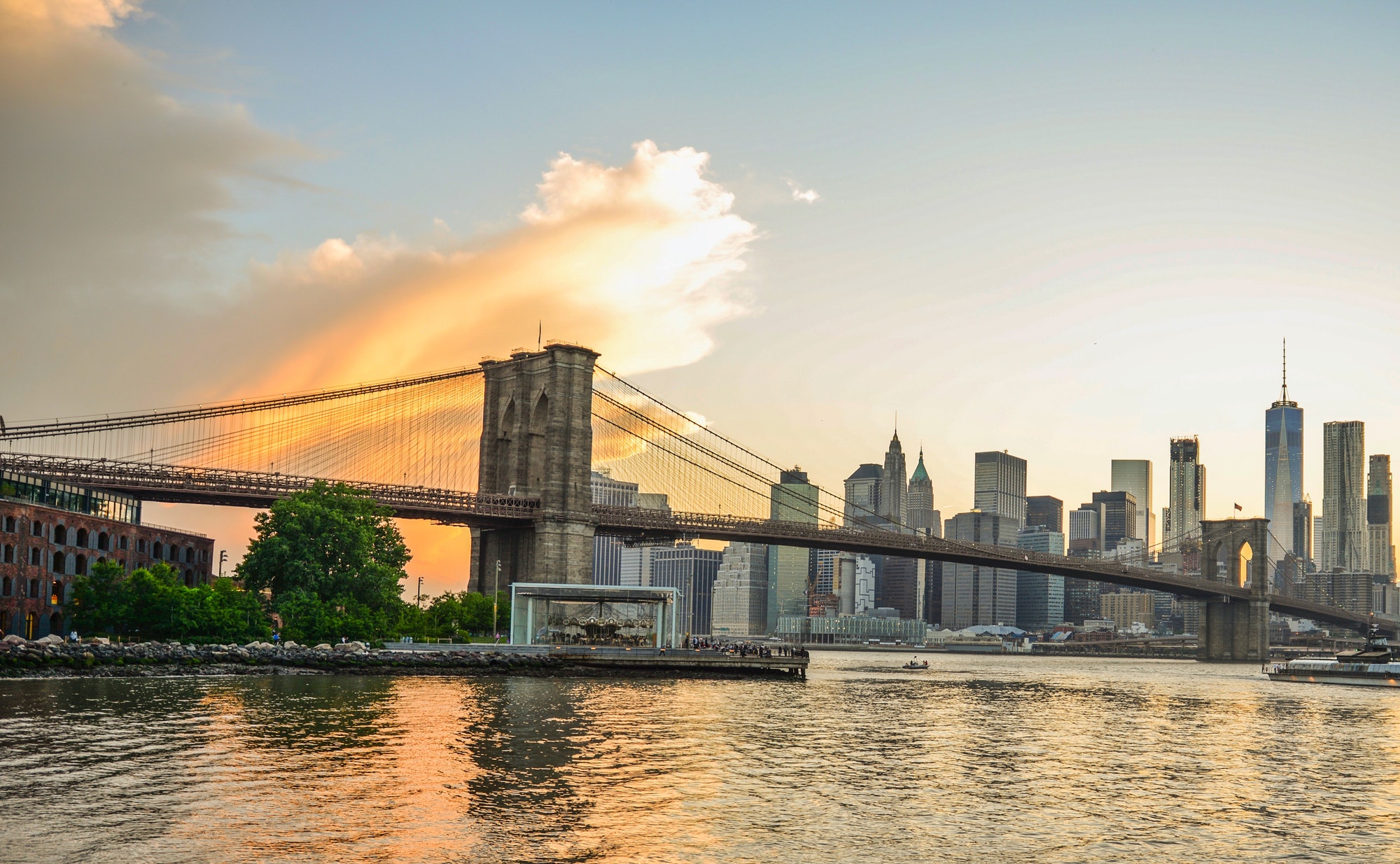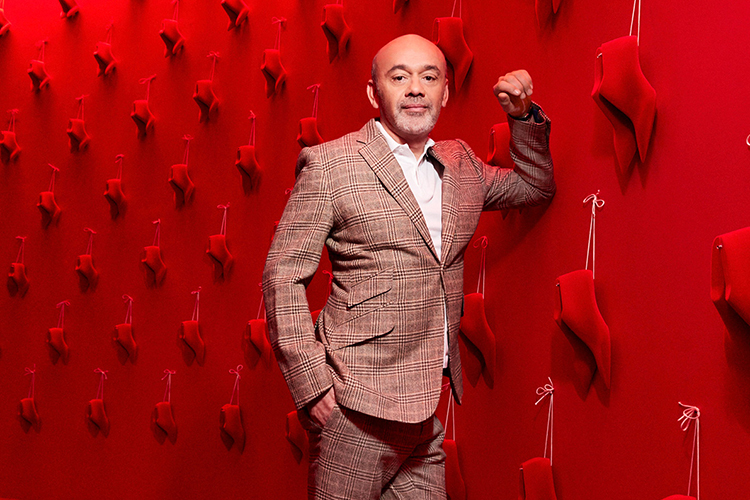Remember Dua Lipa’s iconic Bottega Veneta sheer chainmail dress worn at the Barbie premiere? It is unlikely that people forget the sparkly ensemble, which was not only a paradoxical conjunction of bold and elegant but was also a reflection of the wave of sheer dresses that permeated the levels of fashion across the globe- from luxury to ready-to-wear pieces. Designer brands such as Acne studios, Gucci, Saint Laurent, Chanel and Bottega Veneta hopped on the trend effectively and dressed the likes of runway models and celebrities such as Kate moss, Bella Hadid, Ashley Graham, Kristen Stewart and more. The dress was everywhere this year, holding a presence in events such as the Cannes Film Festival and the Met gala. What is interesting underlying this trend is that, the emergence of sheer dresses is in fact a revival of an older trend- a pattern that has been increasingly occurring over the years.

The 1960s witnessed the birth of Sheer dresses in the west as an attempt to create a ‘Nude Look’. However, the trend resurfaced in a more prominent manner in the 90s, specifically when a Sheer Slip dress, popularly called the ‘Naked dress’ was seen wearing by Supermodel Kate Moss which stood out in fashion history as controversial and eye-grabbing, leaving celebrities like Kim Kardashian trying to recreate the same today.
The Sheer dress that the average consumer can now find being worn by social media influencers and being sold on Fast Fashion sites, did not make its way here in a straight-forward manner. It is a result of the systemic Revival of Older Fashion trends through the creative decisions of luxury giants, that trickles down to the average purchaser’s rack.
Why the Revival?
The most fool-proof and effective concept of emotion to rely on happens to be Nostalgia in this context. Designers and brands have relentlessly relied on the sweet and comfortable emotion to bring back older trends that we were all the rage decades ago. And almost always, people lap it up with enthusiasm, often finding a sense of appreciation for older trends by referring to their favorite Models and actors from an older time who embodied said trends.
With the pace of fashion being quick and short-lived, there unfortunately exists an overflow of trends and styles in the market usually, and the revival of an older culture of fashion brings that well-needed sense of freshness to a sea of repetitiveness.
While looking into the ‘Why’ behind such revivals the role of the consumer in this day age should not be ignored. Consumers, especially the younger population constituting the ‘Gen-Z’ group, often use social media to access and revive older sub-cultures and trends of fashion such as the pink and white coded ‘Coquette’ trend, or the ‘Grunge-goth’ trend of the baggy cargos and black staples. These preferences and trends that are visible predominantly on social media platforms simply tell brands what the kids want.
Apart from this, the simplest argument would just lie in the fact that a lot of these trends that are revived are simply timeless by nature of their appeal, utility and flexibility in adapting to the newer setting of style while also holding their own essence.

Some of the attractive trends that made a comeback in 2023 include Cargo pants, bucket hats, slip dresses, cardigans, bell-bottoms, corsets and the list goes on. All of these trends secured their presence in both luxury and fast fashion while being consumer favorites.
The Y2K era
When you think of Y2K, you think of low-waisted jeans, bedazzled tops, fun silhouettes, huge belts, tracksuits and flashy bright pink. It gives off an ‘MTV-esque, Mean girls-meets-Britney Spears’ vibe that no other era of fashion has managed to encapsulate. Coming from the early 2000s in the west, Marc Jacobs happened to be one the of the first designers who lit a spark of ignition to the resurgence of this chic subculture of fashion in his ‘Heaven’ campaign in 2020 featuring the ‘Clueless’ star Alicia Silverstone. It gained momentum rapidly with brands such as the Versace with their low waist denims, Miu Miu with their theme-coded ballet flats, Givenchy’s Cargos and Bottega Veneta ‘s long denim skirts. Celebrities whose style is to live by, such as Rihanna, Dua Lipa, Bella Hadid and Hailey Bieber have all been donning some very chic Y2K looks, setting the trend into stone.
Along with this, GenZ users who successfully identified the original greats of the trend, Britney Spears, Christina Aguilera, Jennifer Lopez and the likes, have added to the buzz and the momentum around the trend through social media platforms with some well-curated and interesting content.
Naturally the demand for the above-mentioned products which happened to be some of the hottest pieces of the recent season, with cargos and denims skirts being bulk produced by Fast fashion giants such as H&M, Zara, Shein etc.

Can Luxury be ‘Quiet’?
Also called as ‘Old money’ fashion, it was one of the oldest fashion trends that dominated the 2023 season This roots back to the fashion staples of the elite societies of America right from the 1930s, whose wealth flows from their inheritance.
This time the power of social media and the influence of the Gen-Z folks has proved to be a surprisingly positive catalyst of change by managing to bring a subculture of fashion restricted to the rich, white elite to the rest of the world. Of course, this happens to be a double-edged sword as the process of romanticizing and glorifying the gatekept fashion of the elite is what bore this result. But regardless, ‘Old money aesthetic’ found it’s way to Tik Tok and Instagram which very swiftly transformed into a yearning for the Polo shirts, pearl necklaces, statement dresses, chic blazers, tennis whites, riding boots, loafers and chino pants, all of which witnessed a hike of minimum 15% in demand. This style, an ordinary sighting at the elite Ivy leagues in the 1930s, was encapsulated best by Princess Diana and the Kennedys.
Some of the luxury brands that represent this aesthetic and cater to the elite consumers include Burberry, Hermes, Ralph Lauren and Chanel to name a few.

Author: Rishika KV

Rishika is a third-year law student at National Law University, Visakhapatnam. She holds a strong interest in the creative conjunction of Law and the fields of Fashion, Media and Entertainment and aspires to build an interesting career in the same.
When she isn’t writing articles on the latest news of fashion or media law, she’s busy thinking of chocolate cake, petting cats and searching for cute thrift stores.

















